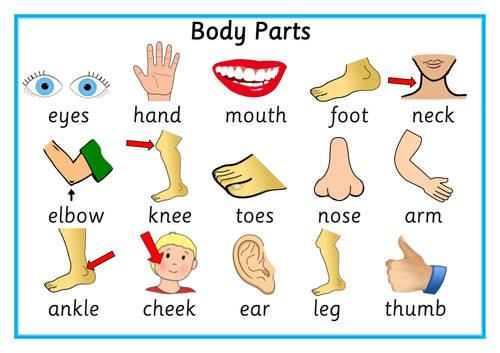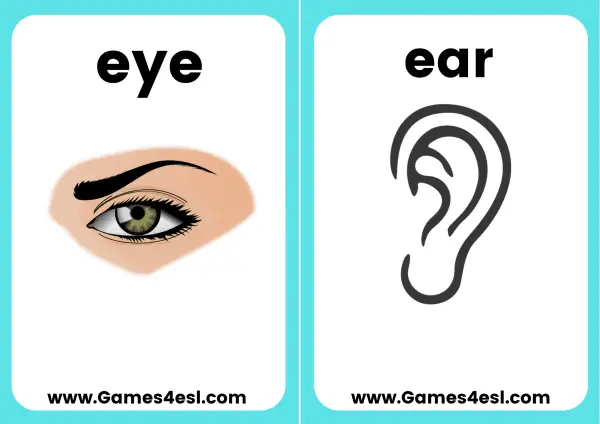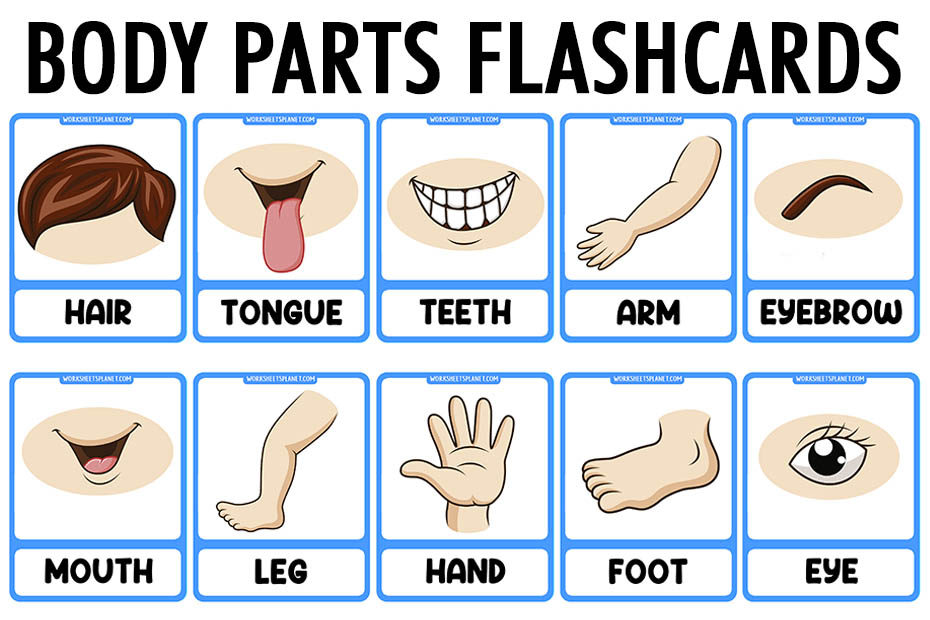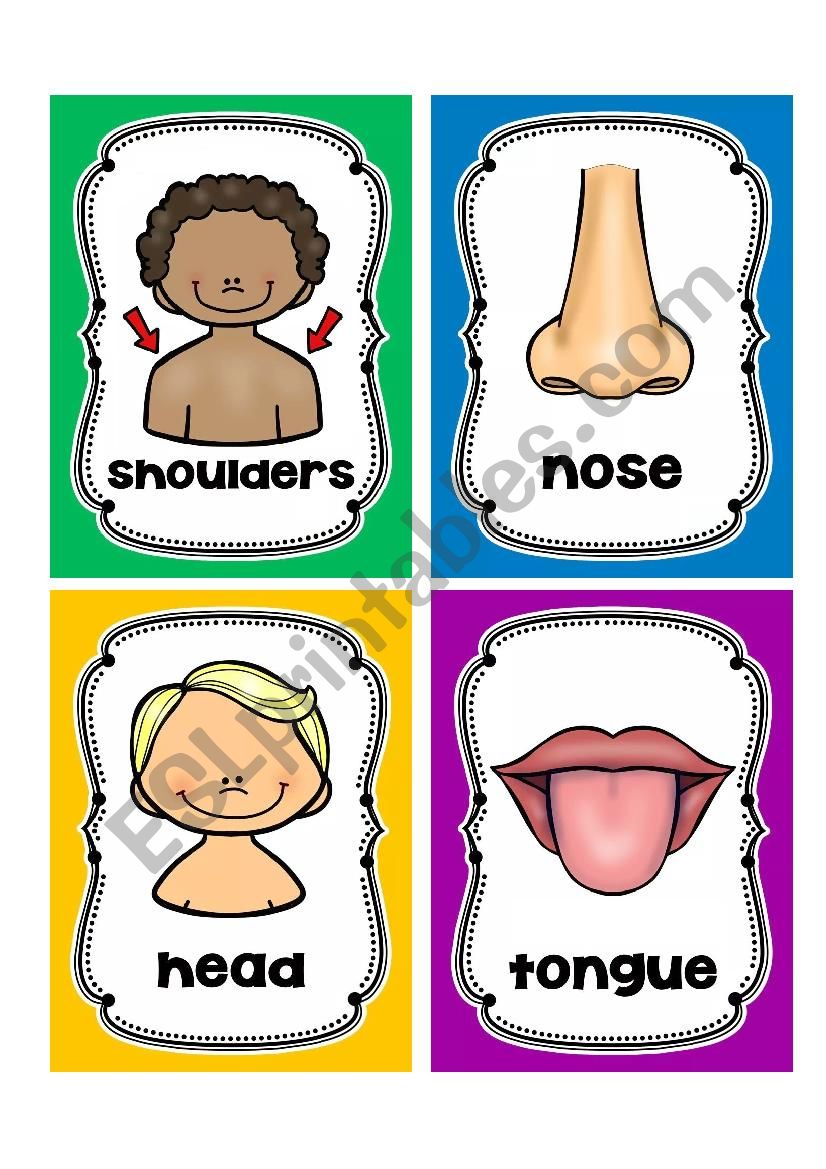In this post, we will explore a collection of body parts flashcards that are helpful for toddlers, special education needs (SEN) students, and early learners. These flashcards can be used for various activities such as posters, matching games, vocabulary building, and more.
Flashcards for Toddlers and Early Learners
Firstly, let’s start with a set of flashcards that are specifically designed for toddlers and early learners. They feature colorful images and clear labels of different body parts. These flashcards help young children learn and recognize body parts such as the head, arms, legs, eyes, and ears. The visual representation of each body part makes it easier for toddlers to understand and remember them.

SEN-Friendly Flashcards
For students with special education needs (SEN), flashcards that are specifically designed to cater to their learning requirements are highly beneficial. These flashcards often have larger images and simplified labels, making them more accessible and understandable for SEN students.
 SEN-friendly body parts flashcards can be used in various classroom activities, including vocabulary exercises, classroom discussions, and individual learning sessions. They provide a visual aid that assists SEN students in improving their language skills and understanding of different body parts.
SEN-friendly body parts flashcards can be used in various classroom activities, including vocabulary exercises, classroom discussions, and individual learning sessions. They provide a visual aid that assists SEN students in improving their language skills and understanding of different body parts.
Enhancing Vocabulary
Vocabulary development is an essential part of a child’s language acquisition journey. Flashcards can play a vital role in expanding their vocabulary by introducing new words and concepts. The use of flashcards makes the learning process engaging and interactive.
 Teachers can utilize flashcards during language lessons or as a tool for individual practice. By introducing flashcards with body parts vocabulary, teachers can encourage students to identify and name different body parts. Furthermore, students can learn to associate relevant vocabulary words with the corresponding images, making their language learning experience more efficient and enjoyable.
Teachers can utilize flashcards during language lessons or as a tool for individual practice. By introducing flashcards with body parts vocabulary, teachers can encourage students to identify and name different body parts. Furthermore, students can learn to associate relevant vocabulary words with the corresponding images, making their language learning experience more efficient and enjoyable.
Interactive Learning with Flashcards
In addition to traditional flashcards, there are various interactive body parts flashcards available for classroom use. These interactive flashcards often include audio features, allowing students to hear the pronunciation of each body part.
 By incorporating interactive flashcards into language lessons, teachers can create a dynamic and engaging learning environment. Students can actively participate in activities such as pronunciation drills, word association games, and interactive quizzes. This interactive approach caters to different learning styles, making it easier for students to grasp and retain the information.
By incorporating interactive flashcards into language lessons, teachers can create a dynamic and engaging learning environment. Students can actively participate in activities such as pronunciation drills, word association games, and interactive quizzes. This interactive approach caters to different learning styles, making it easier for students to grasp and retain the information.
Conclusion
Body parts flashcards are valuable tools for language development and vocabulary expansion. They provide a visual representation of important body parts, making it easier for toddlers, SEN students, and early learners to grasp and remember the concepts. Whether used in traditional flashcard exercises or interactive learning activities, these flashcards offer an effective and engaging way to enhance language skills.
Remember, incorporating flashcards into language lessons can help students improve their vocabulary, memory, and cognitive skills. So, why not give it a try with these fantastic body parts flashcards?